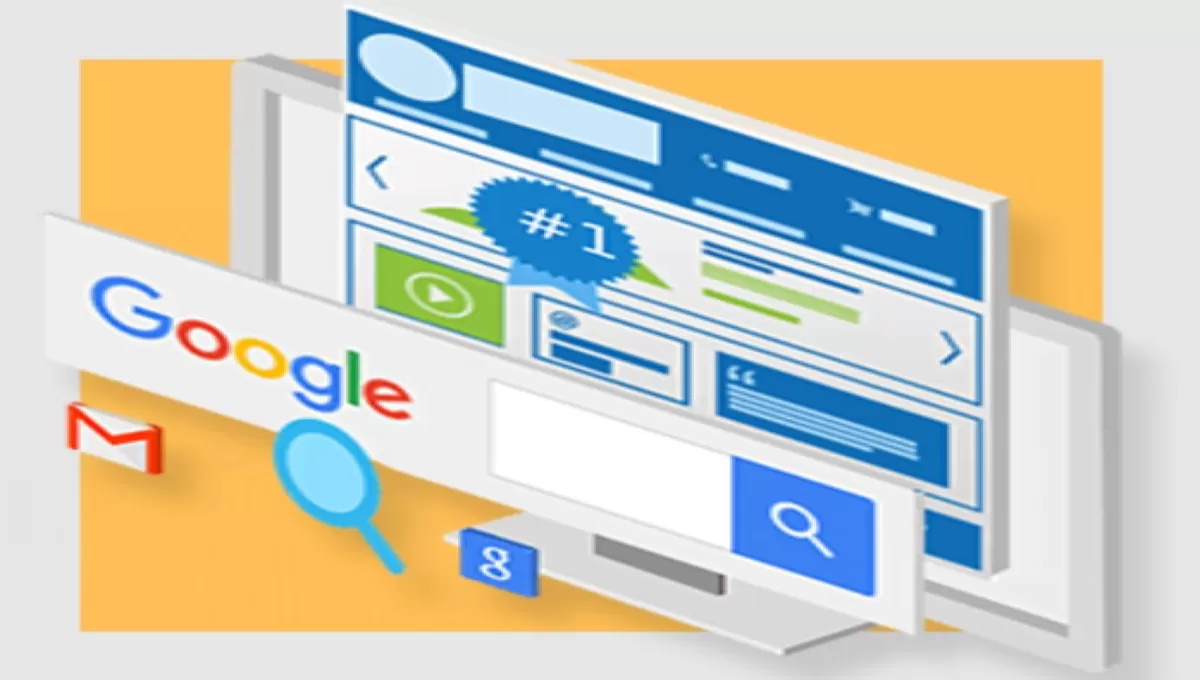In the fast-paced world of digital marketing, the quest for visibility reigns supreme. As businesses strive to reach their target audience, one strategy stands out for its unparalleled effectiveness: Search Engine Marketing (SEM). Harnessing the power of search engines like Google, Bing, and Yahoo, SEM has become an indispensable tool for companies aiming to boost their online presence and drive traffic to their websites.
The Essence of Search Engine Marketing
Search Engine Marketing (SEM) encompasses a range of techniques aimed at increasing a website’s visibility in search engine results pages (SERPs). It primarily involves two key approaches: Search Engine Optimization (SEO) and Pay-Per-Click (PPC) advertising.
1. Search Engine Optimization (SEO)
SEO involves optimizing a website’s content, structure, and backlinks to improve its ranking in organic search results. By strategically incorporating relevant keywords, enhancing website performance, and adhering to search engine algorithms, businesses can organically elevate their position in SERPs, thereby attracting more visitors.
Benefits of SEO include:
- Long-term effectiveness: Establishing a strong SEO foundation can lead to sustained high rankings over time.
- Increased organic traffic: Higher rankings translate to more clicks and visits from users genuinely interested in the content or products offered.
- Enhanced credibility: Top positions in search results instill trust and credibility among users, indicating authority and relevance in the industry.
2. Pay-Per-Click (PPC) Advertising
PPC advertising involves bidding on keywords relevant to a target audience and paying a fee each time an ad is clicked. These ads typically appear at the top or bottom of SERPs, marked as ‘sponsored’ or ‘ad.’
Advantages of PPC advertising:
- Immediate visibility: Unlike SEO, PPC ads provide instant visibility, making them ideal for quick promotions or product launches.
- Precise targeting: Advertisers can specify the demographics, location, and interests of their audience, ensuring ads reach the most relevant users.
- Measurable results: Detailed analytics allow for precise measurement of ad performance, enabling optimization for better ROI.
Maximizing SEM for Business Success
Combining SEO and PPC strategies in a well-coordinated SEM campaign can yield remarkable results for businesses seeking to maximize their online visibility and drive conversions.
Key steps to harness the power of SEM:
- Keyword Research: Identify and target high-value keywords relevant to your business to optimize both SEO and PPC efforts.
- Optimize Landing Pages: Ensure that landing pages align with ad content, providing a seamless user experience and maximizing conversions.
- Continuous Monitoring and Optimization: Regularly analyze performance metrics and make necessary adjustments to improve SEM campaigns’ effectiveness.
Frequently Asked Questions (FAQs)
Q: What’s the difference between SEO and PPC?
A: SEO focuses on optimizing a website to rank higher in organic search results, while PPC involves paid advertising where advertisers pay for clicks on their ads displayed in search results.
Q: Which is better, SEO or PPC?
A: Both have their strengths. SEO offers long-term sustainable results, while PPC provides immediate visibility. The ideal strategy often involves a combination of both for comprehensive marketing success.
Q: How long does it take to see results from SEM?
A: SEO results can take time, typically several months, to show significant improvements in rankings. On the other hand, PPC provides immediate visibility once the campaign goes live.
Maximizing visibility through SEM is not just a trend but a necessity in today’s competitive digital landscape. By leveraging the dynamic duo of SEO and PPC, businesses can enhance their online presence, attract qualified leads, and ultimately drive success in the ever-evolving realm of digital marketing.
